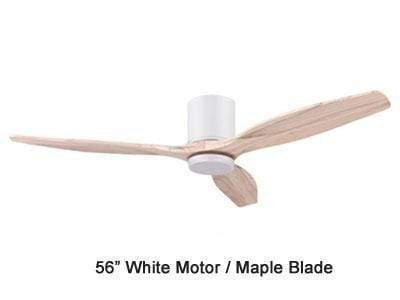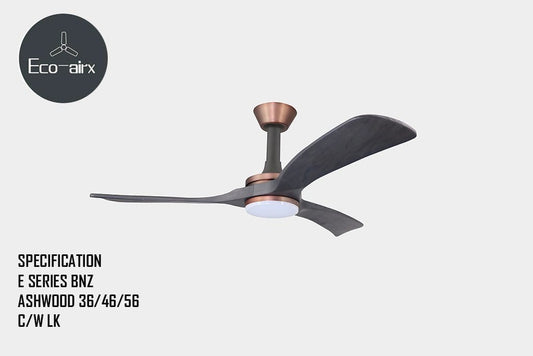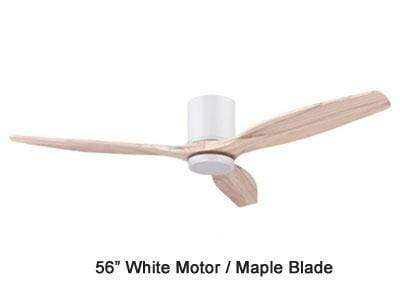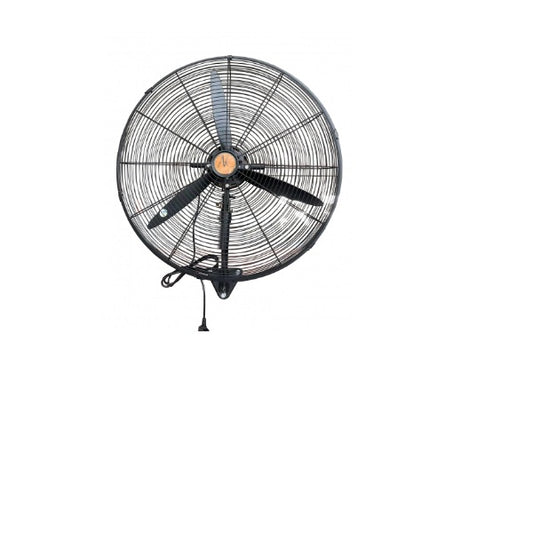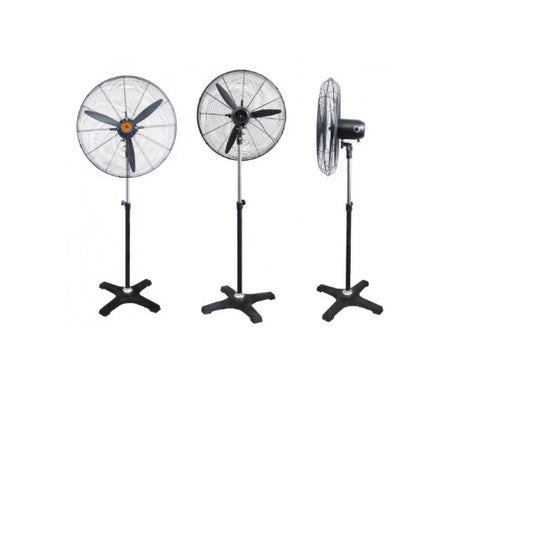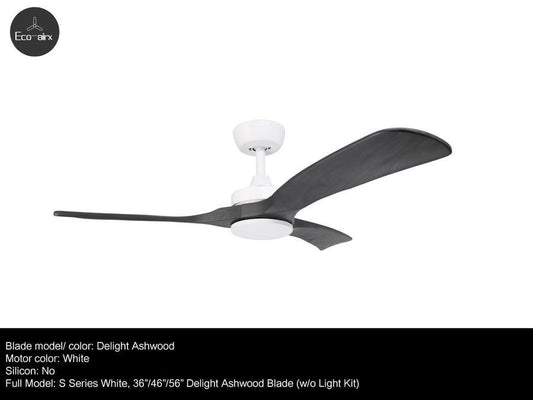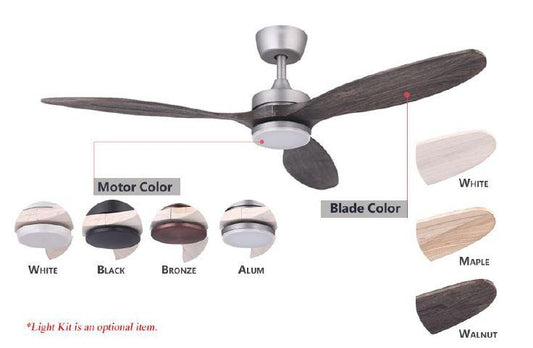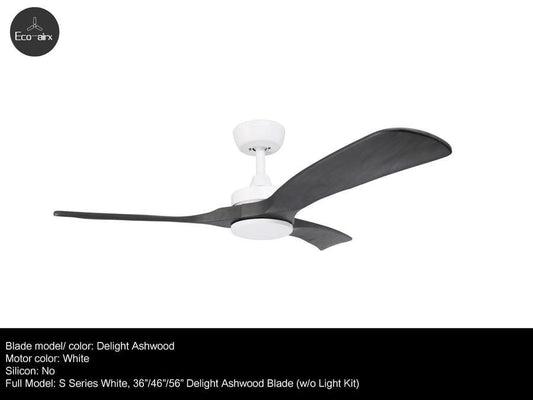-
KDK YU50X Industrial Wall Fan with Guide Van Design and 3-Speed
Regular price $ 268.00 SGDRegular priceUnit price / per$ 268.00 SGDSale price $ 268.00 SGD -
Eco Airx M Series Ceiling Fan With NO Led Light With No Smart Wifi - FREE Installation
Regular price From $ 529.00 SGDRegular priceUnit price / per$ 529.00 SGDSale price From $ 529.00 SGD -
Eco Airx E Series Ceiling Fan With LED Light With No Smart Wifi - Free Installation
Regular price From $ 548.00 SGDRegular priceUnit price / per$ 589.00 SGDSale price From $ 548.00 SGDSale -
KDK P30KH Living Fan 12" Champagne With Remote
Regular price $ 159.00 SGDRegular priceUnit price / per$ 159.00 SGDSale price $ 159.00 SGD -
KDK PL30H Living Fan 12"
Regular price $ 126.00 SGDRegular priceUnit price / per$ 126.00 SGDSale price $ 126.00 SGD -
KDK N30NH Living Fan 12" with Remote
Regular price $ 218.00 SGDRegular priceUnit price / per$ 218.00 SGDSale price $ 218.00 SGD -
Eco Airx M Series Ceiling Fan With LED Light With No Smart Wifi - Free Installation Delight
Regular price From $ 609.00 SGDRegular priceUnit price / per$ 609.00 SGDSale price From $ 609.00 SGD -
KDK Table Fan With Detachable Base
Regular price From $ 92.00 SGDRegular priceUnit price / per$ 92.00 SGDSale price From $ 92.00 SGD -
KDK M40KS Living Fan 16" With Remote
Regular price $ 263.00 SGDRegular priceUnit price / per$ 263.00 SGDSale price $ 263.00 SGD -
KDK M40MS Wall Fan 16 inch With Remote Control
Regular price $ 205.00 SGDRegular priceUnit price / per$ 205.00 SGDSale price $ 205.00 SGD -
AIRKING Industrial Wall Fan
Regular price $ 130.00 SGDRegular priceUnit price / per$ 140.00 SGDSale price $ 130.00 SGDSale -
AIRKING Industrial Stand Fan
Regular price $ 128.00 SGDRegular priceUnit price / per$ 130.00 SGDSale price $ 128.00 SGDSale -
Eco Airx S Series Ceiling Fan With NO Led Light With No Smart Wifi - FREE Installation
Regular price From $ 529.00 SGDRegular priceUnit price / per$ 529.00 SGDSale price From $ 529.00 SGD -
Eco Airx S Series Ceiling Fan With NO Led Light With Smart Wifi - FREE Installation
Regular price From $ 579.00 SGDRegular priceUnit price / per$ 579.00 SGDSale price From $ 579.00 SGD -
Eco Airx S Series Ceiling Fan With LED Light With Smart Wifi - Free Installation
Regular price From $ 659.00 SGDRegular priceUnit price / per$ 659.00 SGDSale price From $ 659.00 SGD -
Eco Airx S Series Ceiling Fan With LED Light With No Smart Wifi -Free Installation
Regular price From $ 609.00 SGDRegular priceUnit price / per$ 609.00 SGDSale price From $ 609.00 SGD
Collection: Ceiling Fan
Punkah-type ceiling fans date back to 500 BC and are native to India. Unlike modern rotary fans, these punkah fans move the air by moving to and from and were operated manually by a cord.
The first rotary ceiling fans appeared in the early 1860s and 1870s in the United States. At that time, they were not powered by any form of electric motor. Instead, a stream of running water was used, in conjunction with a turbine, to drive a system of belts which would turn the blades of two-blade fan units. These systems could accommodate several fan units, and so became popular in stores, restaurants, and offices. Some of these systems survive today and can be seen in parts of the southern United States where they originally proved useful.
The electrically powered ceiling fan was invented in 1882 by Philip Diehl. He had engineered the electric motor used in the first electrically powered Singer sewing machines, and in 1882 he adapted that motor for use in a ceiling-mounted fan. Each fan had its own self-contained motor unit, with no need for belt drive.
Almost immediately he faced fierce competition due to the commercial success of the ceiling fan. He continued to make improvements to his invention and created a light kit fitted to the ceiling fan to combine both functions in one unit. By World War I most ceiling fans was made with four blades instead of the original two, which made fans quieter and allowed them to circulate more air. The early turn-of-the-century companies who successfully commercialized the sale of ceiling fans in the United States were the Hunter Brothers division of Robbins & Myers, Westinghouse Corporation and Emerson Electric.
By the 1920s, ceiling fans were commonplace in the United States and had started to take hold internationally. From the Great Depression of the 1930s, until the introduction of electric air conditioning in the 1950s, ceiling fans slowly faded out of vogue in the U.S., almost falling into total disuse in the U.S. by the 1960s; those that remained were considered items of nostalgia.
Meanwhile, electric ceiling fans became very popular in other countries, particularly those with hot climates, such as India and the Middle East, where a lack of infrastructure and/or financial resources made energy-hungry and complex freon-based air conditioning equipment impractical. In 1973, Texas entrepreneur H. W. (Hub) Markwardt began importing highly efficient ceiling fans to the United States that were manufactured in India by Crompton Greaves, Ltd. Crompton Greaves had been manufacturing ceiling fans since 1937 through a joint venture formed by Greaves Cotton of India and Crompton Parkinson of England and had perfected the world's most energy efficient ceiling fans thanks to its patented 20 pole induction motor with a highly efficient heat-dissipating cast aluminum rotor. These Indian manufactured ceiling fans caught on slowly at first, but Markwardt's Encon Industries branded ceiling fans (which stood for ENergy CONservation) eventually found great success during the energy crisis of the late 1970s and early 1980s, since they consumed far less energy (under 70 watts of electricity) than the antiquated shaded pole motors used in most other American made fans. The fans became very effective energy-saving appliances for residential and commercial use by supplementing expensive air conditioning with a cooling wind-chill effect. Fans used for comfort create a wind chill by increasing the heat transfer coefficient but do not lower temperatures directly.
Due to this renewed commercial success using ceiling fans effectively as an energy conservation application, many American manufacturers also started to produce, or significantly increase the production of, ceiling fans. In addition to the imported Encon ceiling fans, the Casablanca Fan Company was founded in 1974. Other American manufacturers of the time included the Hunter Fan Co. (which was then a division of Robbins & Myers, Inc), FASCO (F. A. Smith Co.), and Emerson Electric; which was often branded as Sears-Roebuck.
Through the 1980s and 1990s, ceiling fans remained popular in the United States. Many small American importers, most of them rather short-lived, started importing ceiling fans. Throughout the 1980s, the balance of sales between American-made ceiling fans and those imported from manufacturers in India, Taiwan, Hong Kong and eventually China changed dramatically with imported fans taking the lion's share of the market by the late 1980s. Even the most basic U.S-made fans sold for $200 to $500, while the most expensive imported fans rarely exceeded $150.
Since 2000, important inroads have been made by companies such as Monte Carlo, Minka Aire, Quorum, Craftmade, Litex, and Fanimation - offering higher price ceiling fans with more decorative value. In 2001, Washington Post writer Patricia Dane Rogers wrote, “Like so many other mundane household objects, these old standbys are going high-style and high-tech.”


